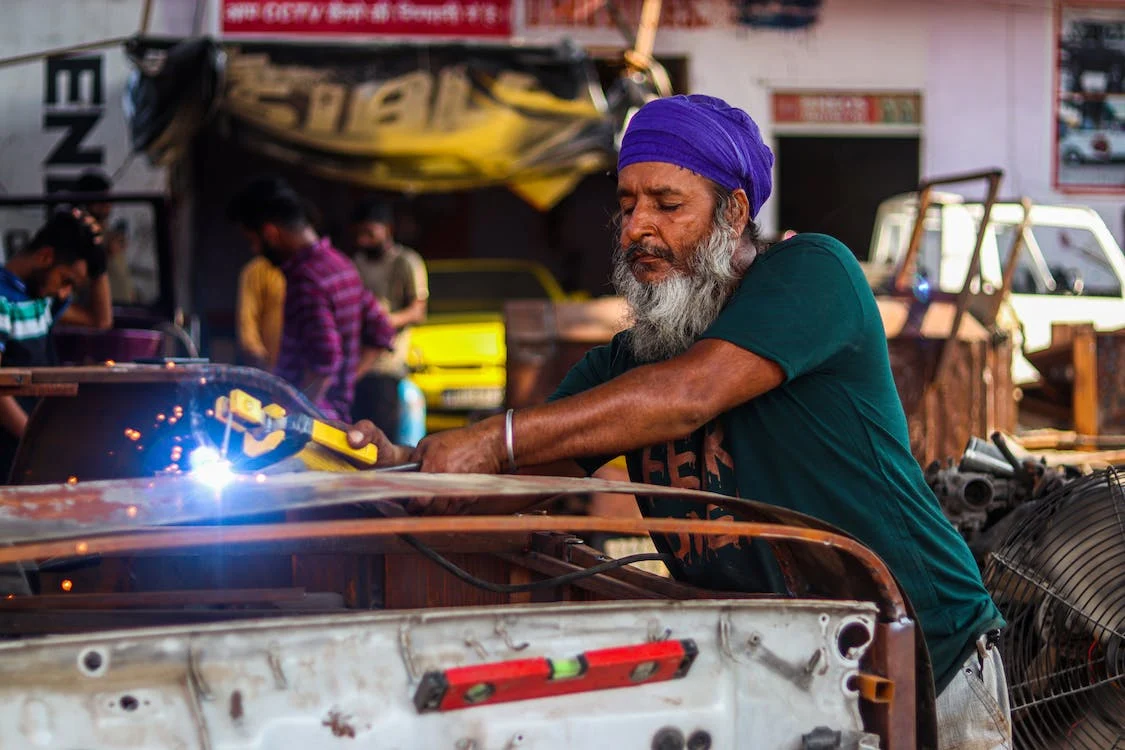Cars are meant to serve you for the long term, as long as you maintain them properly. However, they might require repairs here and there due to accidents or their parts ending up malfunctioning.
One of the techniques used in car repair is welding. Mechanics often use this method when there’s a need for parts replacement which requires bonding to your car. Welding is the joining of two parts together through melting. It isn’t a technique you can learn overnight; you require good practice, and there are safety measures you must adopt.
Safety is of the essence since the welding process involves the production of sparks and toxic fumes. What safety precautions must you adopt as a welder or mechanic looking to adopt welding to repair your car parts? Pondering what these tips could be? Put your mind to rest; this post divulges information on how to weld your car parts safely. Follow on with this read for valuable insights.
Work With Experts
As stated earlier, welding requires skills. A skilled welder is less likely to cause accidents since they know how to operate welding equipment and are well aware of the risks associated with improper handling of the tools. The same can’t be said should you work with novice workers.
It’d help train your team in the use of the welding tools and the various welding techniques they can practice. A company like KNS explains various welding techniques. Find other sites for more information on welding. In addition, train each of them in the safety procedures and standards they must follow as they do welding. These procedures will be their guiding principle for preventing accidents.
Consider bringing in experts to train your team on ensuring the safety of the process. Experts are better placed to advise since they’ve seen many accidents in their profession and know where the process’s dangers lie.
Besides making sure that your team is well-trained, equip them with defense skills. These skills will enable them to act in the event of a fire from the sparks or any other type of accident. Such skills include first aid, handling fire extinguishers, and fire alarms. With this knowledge, they’ll know how to react after an incident from the welding, preventing further damage.
Always Wear PPE
PPE refers to Personal Protective Equipment, and they aim to protect your body from harm during welding. You’ll require various items to ensure your safety.
One is a welding helmet. As previously stated, welding will generate sparks, and you must protect your face from burns. Your chosen helmet should be made of durable material and should be flame-resistant. This property prevents it from catching fire as you weld. The helmet should cover your face entirely. For visibility, ensure the eye area is made of transparent material and has an anti-glare feature to protect your eyes. You don’t want to go blind due to the light intensity.
Two, you require to wear long-sleeved clothes to prevent skin exposure. Flying sparks can burn exposed skin, which you don’t want. Besides ensuring your clothes are long-sleeved, they must also be flame-resistant. You don’t want them to catch fire from the flying sparks. If you’re stuck on the clothes to serve this purpose, there are specific clothes made for welding you can purchase.
Gloves and safety shoes are the other PPEs you require. Gloves will protect your hands, and shoes will protect your feet. Both of these should be made of leather that’s flame-resistant. Also, ensure your chosen shoes cover your ankle for maximum injury prevention.
Last but not least, you require a respirator. Welding produces toxic fumes, which can lead to respiratory illnesses. Wearing a respirator during this process prevents such possibilities. You can purchase a separate respirator that fits below your welding helmet or buy a welding helmet with a respirator.
Ensure Tools Are In Good Working Condition
One way that can interfere with your safety as you weld is using damaged welding tools. These can fail midway through operations and lead to catastrophes. It’s advisable always to ensure that your welding tools are functioning properly. You can do this by practicing regular maintenance.
Maintenance will ensure all parts aren’t damaged and are replaced on time before you need to use them. It’d help to schedule the maintenance at regular intervals for an effective process. Consider creating a checklist for the process to prevent situations where you miss out on checking some parts that later compromise your safety during welding.
Besides maintenance, it’s best to perform inspections before any welding activity. You want to ensure every part works as it should since equipment issues could arise between maintenance schedules. Be sure to check that the power pins are in place and that the electrode holder isn’t damaged, among other parts. With the inspection, you’re more or less assured the welding tools are functioning appropriately, and any accident that happens will result from the negligence of the welder or mechanic.
Conclusion
Ensuring safety as you weld car parts isn’t challenging with the right guidance. The read above highlights safety tips you can adopt for the welding process. Consider implementing them, and you won’t have to worry about the safety of your workers or car repair shop.

